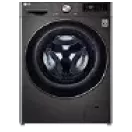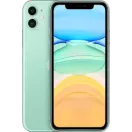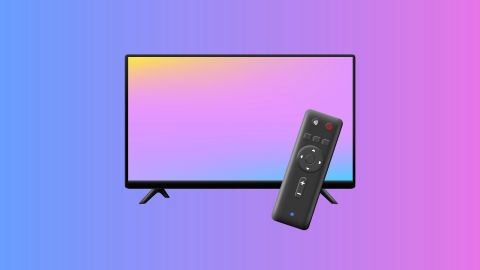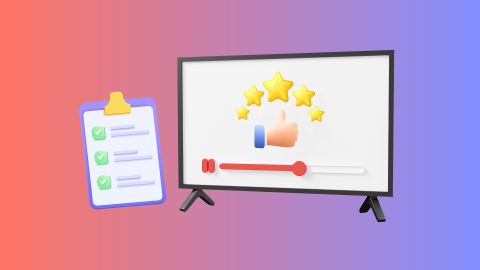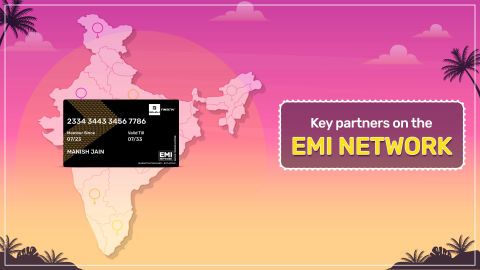The MKV (Matroska Video) format was developed in 2002 with the aim to become a flexible, open-source multimedia container. It was designed to store a wide range of media features within a single file.
Supports multiple audio tracks, subtitles, chapters, and video streams
Encourages long-term preservation of high-quality video
Built with future-proofing in mind for evolving media needs
Created to be freely available without licensing restrictions
Why is MKV called Matroska
The name “Matroska” comes from the Russian word for nesting dolls – Matryoshka. Just like the dolls hold smaller dolls inside them, an MKV file can store many media elements within one container.
This includes multiple audio tracks, video files, and subtitles, all packaged neatly together. The idea was to create an all-in-one solution for high-quality video storage without losing data or compatibility.
MKV file format technical deep dive
MKV is a multimedia container format, not a compression format. This means it can hold different types of encoded video, audio, and subtitle streams.
Video Codecs: Compatible with H.264, H.265, VP9, and more
Audio Codecs: Supports AAC, MP3, AC3, DTS, FLAC
Subtitles: Embedded support for SRT, ASS, and VobSub
Metadata: Stores chapters, menus, and tags for better navigation
This makes MKV ideal for users who need more control over media content, editing, or archiving.
Understanding MKV and MP4: Key differences
MKV and MP4 are widely used video file formats, but they serve different purposes. MKV (Matroska Video) is an open-source format that supports multiple audio, video, and subtitle tracks, making it ideal for high-quality video storage and playback on a TV.
On the other hand, MP4 (MPEG4 Part 14) is a more universally accepted format that balances quality and file size while ensuring compatibility with most media players, devices, and TVs.
Differences between MKV and MP4
Aspect
|
MKV
|
MP4
|
What it means for you
|
Compatibility
|
Limited compatibility, requires specific media players
|
Works on almost all devices and media players
|
MP4 is easier to play on most devices
|
File size
|
Generally larger due to high-quality storage
|
Smaller size with efficient compression
|
MKV offers more detail, MP4 saves space
|
Video quality
|
Supports high-resolution videos without compression loss
|
Good quality with optimised compression for streaming
|
Choose MKV for clarity, MP4 for convenience
|
Audio and subtitles
|
Supports multiple audio tracks and subtitles in a single file
|
Limited support for multiple audio and subtitle tracks
|
MKV is ideal for multilingual content
|
Best use case
|
Ideal for high-quality movie storage and archiving
|
Preferred for streaming, sharing, and playback on various devices
|
Use MKV at home, MP4 on the go
|
Streaming support
|
Not widely supported for online streaming
|
Widely used for streaming due to better compression and compatibility
|
MP4 works better with YouTube, OTT platforms
|
Editing and conversion
|
Retains more data, making it ideal for professional editing
|
Easier to edit and convert due to universal format support
|
Use MKV for editing, MP4 for sharing
|
Why convert MKV to MP4
Converting MKV to MP4 is beneficial when seamless playback and compatibility are priorities. MP4 files work across various devices without requiring additional codecs or software.
This makes them a more practical choice for users who want to watch their favourite content without worrying about format restrictions.
Benefits of converting to MP4
Before playing videos on a Smart TV or portable device, converting to MP4 may offer these key benefits:
Wider compatibility: Works on almost any media player or Smart TV
Easier sharing and streaming: Platforms like YouTube and WhatsApp prefer MP4
Reduced storage requirements: Takes up less space with minimal loss in quality
Improved accessibility: Transfer and play videos without extra software
Step-by-step guide to converting files
Converting MKV to MP4 is easy and quick. Follow these steps:
Choose a reliable converter: Tools like VLC Media Player or HandBrake work well
Load the MKV file: Import your video into the tool
Select MP4 as the output format: Choose MP4 to ensure maximum compatibility
Customise settings if needed: Set your desired resolution, audio track, or subtitles
Start the conversion: Begin the process and wait for it to complete
Save and test the file: Play it on different devices, including your Smart TV, to confirm
Explore smart TVs on Easy EMIs with Bajaj Finserv
Buying a new smart TV does not have to strain your budget. With Bajaj Finserv, you can break down the total cost into affordable monthly EMIs, making it easier to bring home your preferred smart TV. Select models also come with a zero down payment offer, so you can purchase without paying anything upfront.
Start by checking your pre-approved loan limit online. Then, visit a nearby Bajaj Finserv partner store, choose the smart TV that best fits your needs, and select a repayment plan that suits your monthly budget.
Benefits of shopping with Bajaj Finserv
● Top brands at great prices: Get value deals on leading smart TV brands across Bajaj Finserv partner stores.
● Easy EMIs: Turn your purchase into small, manageable instalments to ease monthly spending.
● Zero down payment on select models: Take home select smart TVs without paying anything upfront.
● Wide availability across India: Explore models at 1.5 lakh Bajaj Finserv partner stores in 4,000 cities.
● Free doorstep delivery: Enjoy hassle-free delivery of select smart TV models, right to your home.


